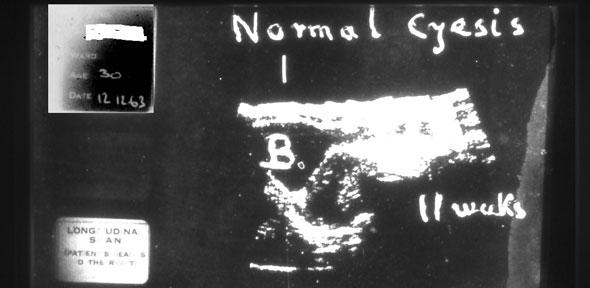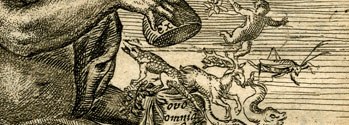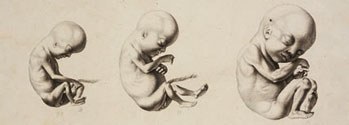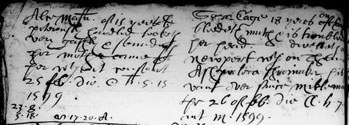
Thursday 16 January 2014
4.30pm in Seminar Room 2, Department of History and Philosophy of Science
Professor Malcolm Nicolson (University of Glasgow)
The clinic of the birth: obstetric ultrasound, medical innovation and the clinico-anatomical project
Ultrasonic images of the fetus are now ubiquitous. Like many innovations in medical imaging, the origins of obstetric ultrasound are often located in medical physics and engineering rather than to clinical medicine. I will argue, by contrast, for the crucial role of clinical pathology in the invention of diagnostic ultrasound. Several authors, notably Foucault in The Birth of the Clinic, have described the impact on nineteenth-century medicine of systematic correlation between lesions revealed upon dissection and signs and symptoms observed while the patient was still alive. Laboratory medicine is widely presented as having eclipsed the clinico-anatomical project in the twentieth century. This lecture will show that clinical pathology continued to inspire innovation in medical imaging after 1950. It will also argue that ultrasonic scanning is more like traditional forms of physical examination than is usually assumed.
There will be tea before the lecture, at 4pm in Seminar Room 1, and a drinks reception afterwards, at 6pm in Seminar Room 1.
Discussion led by Malcolm Nicolson
James Young Simpson, the practice of gynaecological examination, and the nineteenth-century medical gaze
Thursday 16 January 2014
11.30am in Seminar Room 1 – all welcome
Historians of gynaecology and obstetrics enjoy relating tales of the eighteenth-century man-midwife fumbling blindly under bedclothes or petticoats. Such stories serve to mark a vivid contrast between an older, backward form of practice and a reformed gynaecology led by far-sighted men like James Young Simpson, Edinburgh Professor of Midwifery and pioneer of obstetric analgesia. It is assumed that Simpson, as a disinterested scientific clinician, would have had unrestricted access to the bodies of his patients. The removal of prudish hindrances signals how far gynaecology had emancipated itself from a benighted past. However, reading Simpson, it is evident that, in mid century, the practitioner's ability to examine female patients remained constrained by social conventions. Thus, the extent to which Simpson's practice represents a complete departure from older modes of gynaecological work has been exaggerated. By the 1850s, the medical gaze had gained only partial and conditional access to the female body.



